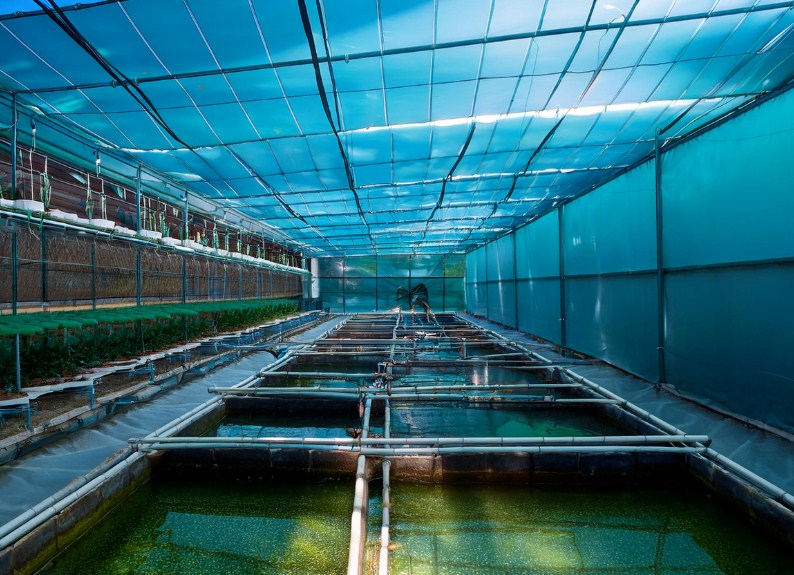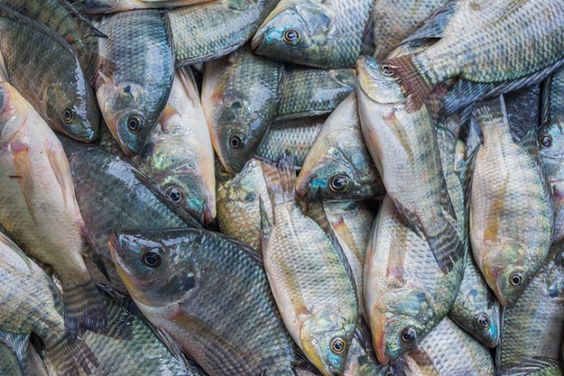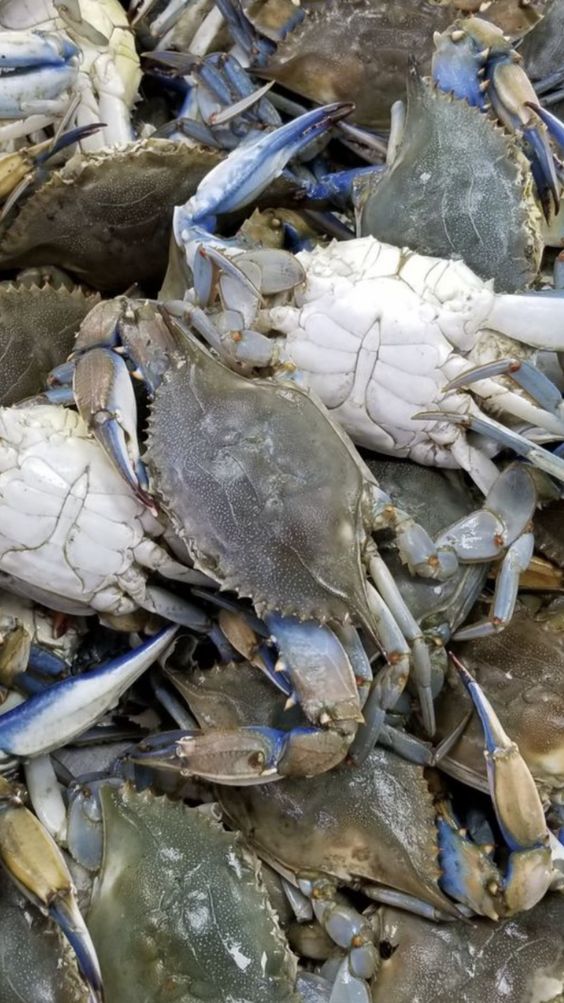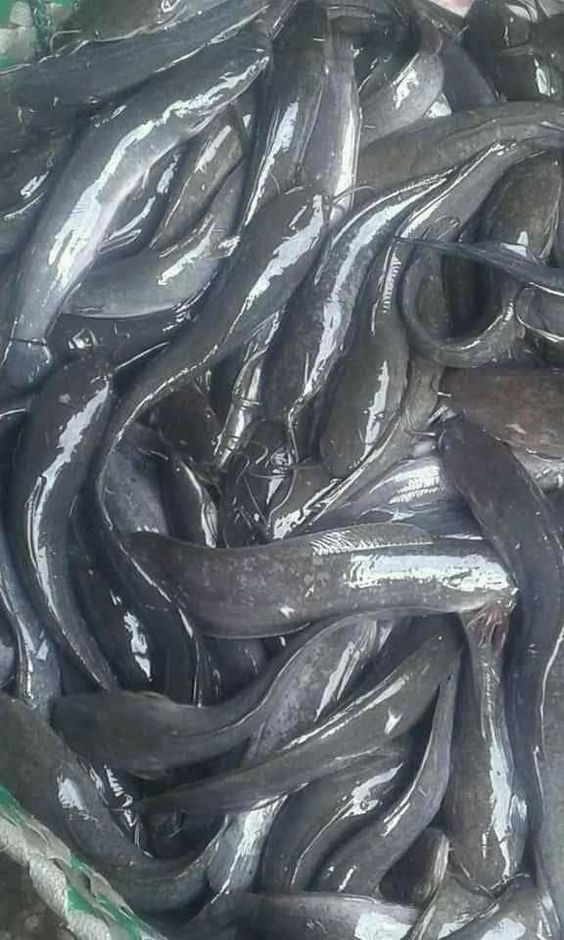Indoor Shrimp Farming: Sustainable Aquaculture
Indoor shrimp farming involves cultivating shrimp in controlled environments, such as warehouses or specially designed aquaculture facilities. This approach offers several advantages over outdoor farming, including:
Improved water quality control: Indoor systems allow for precise monitoring and management of water parameters, such as temperature, salinity, pH, and dissolved oxygen levels. This helps to maintain optimal conditions for shrimp growth and reduces the risk of disease outbreaks.
Reduced environmental impact: Indoor shrimp farming minimizes the discharge of pollutants into the surrounding environment. Wastewater can be treated and recycled within the system, reducing its impact on natural ecosystems. Additionally, indoor facilities can be located in areas with limited access to suitable coastal land, reducing pressure on coastal habitats.
Higher production efficiency: Indoor systems provide a controlled environment that allows for year-round shrimp production, regardless of weather conditions. This can lead to higher production yields and improved economic returns for farmers.
Disease prevention: Indoor shrimp farming practices can incorporate biosecurity measures to prevent the introduction and spread of diseases. This includes strict quarantine procedures for incoming shrimp and regular disinfection of the facility.
However, indoor shrimp farming also faces some challenges, such as:
High initial investment costs: The construction and operation of indoor shrimp farming facilities require significant capital investment. This can be a barrier for entry for small-scale farmers.
Energy consumption: Indoor systems rely on artificial lighting, heating, and cooling systems, which can increase energy consumption. This needs to be carefully managed to ensure sustainability.
Technical expertise: Successful indoor shrimp farming requires specialized knowledge and skills in areas such as water quality management, nutrition, and disease control. This may necessitate training and capacity building for farmers.
Despite these challenges, indoor shrimp farming has the potential to play a crucial role in meeting the growing demand for seafood while minimizing environmental impacts. As technology advances and operating costs decrease, indoor shrimp farming is expected to become more widespread and accessible to farmers around the world.
Contents
Indoor Shrimp Farming: A Deep Dive into Sustainable Aquaculture
Indoor shrimp farming, a modern approach to aquaculture, offers a promising solution to the challenges faced by traditional outdoor shrimp farming. By cultivating shrimp in controlled environments, this method aims to enhance sustainability, improve efficiency, and reduce environmental impact.
The Advantages of Indoor Shrimp Farming
- Controlled Environment: Indoor systems allow for precise regulation of water parameters, such as temperature, salinity, pH, and dissolved oxygen levels. This ensures optimal conditions for shrimp growth and health, minimizing the risk of disease outbreaks and fluctuations in quality.
- Reduced Environmental Impact: Indoor shrimp farming significantly reduces the discharge of pollutants into the surrounding environment. Wastewater can be treated and recycled within the system, minimizing its impact on natural ecosystems. Additionally, indoor facilities can be located in areas with limited access to suitable coastal land, preserving valuable coastal habitats.
- Higher Production Efficiency: Indoor systems provide a controlled environment that enables year-round shrimp production, regardless of weather conditions. This leads to higher production yields and improved economic returns for farmers.
- Disease Prevention: Indoor shrimp farming practices often incorporate stringent biosecurity measures to prevent the introduction and spread of diseases. This includes strict quarantine procedures for incoming shrimp and regular disinfection of the facility.
- Traceability and Quality Control: Indoor systems offer better traceability of shrimp, allowing consumers to have confidence in the origin and quality of the product. This can also enhance market access and premium pricing.
The Challenges and Opportunities
Despite its advantages, indoor shrimp farming also faces challenges:
- High Initial Investment: The construction and operation of indoor shrimp farming facilities require significant capital investment. This can be a barrier for entry for small-scale farmers.
- Energy Consumption: Indoor systems rely on artificial lighting, heating, and cooling systems, which can increase energy consumption. However, advancements in energy-efficient technologies are helping to mitigate this issue.
- Technical Expertise: Successful indoor shrimp farming requires specialized knowledge and skills in areas such as water quality management, nutrition, and disease control. This may necessitate training and capacity building for farmers.
- Market Acceptance: While indoor-raised shrimp often command higher prices due to their perceived quality and sustainability benefits, gaining market acceptance and building consumer trust can be a challenge.
The Future of Indoor Shrimp Farming
Despite the challenges, indoor shrimp farming has the potential to revolutionize the aquaculture industry. As technology advances and operating costs decrease, it is expected to become more widespread and accessible to farmers around the world.
To further promote the growth and adoption of indoor shrimp farming, several key areas require attention:
- Research and Development: Continued research is needed to develop more efficient and sustainable indoor farming systems, as well as to address challenges such as energy consumption and disease prevention.
- Policy Support: Government policies and incentives can play a crucial role in promoting the development and adoption of indoor shrimp farming. This includes providing financial assistance, technical support, and regulatory frameworks.
- Consumer Education: Raising awareness among consumers about the benefits of indoor-raised shrimp and addressing concerns about its environmental impact is essential for market growth.
- Collaboration and Partnerships: Collaboration between industry stakeholders, researchers, and policymakers can help to overcome challenges and drive innovation in indoor shrimp farming.
By addressing these challenges and seizing the opportunities, indoor shrimp farming can contribute to a more sustainable and resilient global food system while meeting the growing demand for seafood.
Sources:
- FAO Fisheries and Aquaculture Department: https://www.fao.org/fishery/en
- National Oceanic and Atmospheric Administration (NOAA) Fisheries: https://www.fisheries.noaa.gov/
- World Bank: https://documents.worldbank.org/en/publication/documents-reports/documentdetail/458631468152376668/fish-to-2030-prospects-for-fisheries-and-aquaculture
- Aquaculture Stewardship Council (ASC): https://asc-aqua.org/
- Global Aquaculture Alliance (GAA): https://www.globalseafood.org/blog/tag/global-aquaculture-alliance/






